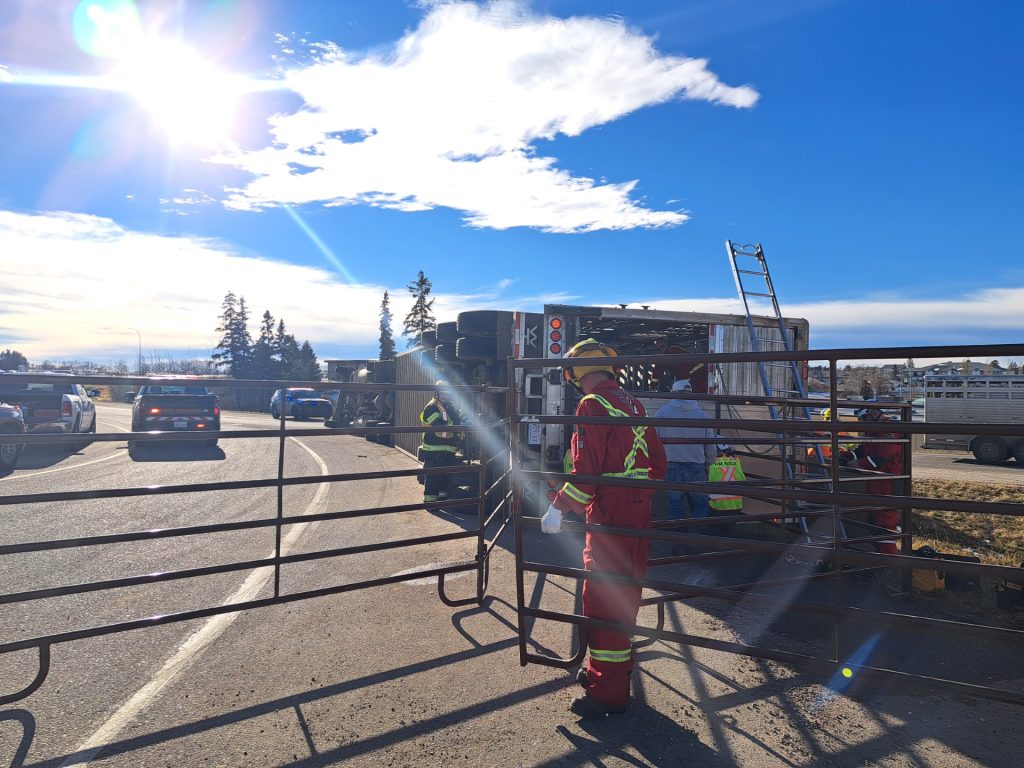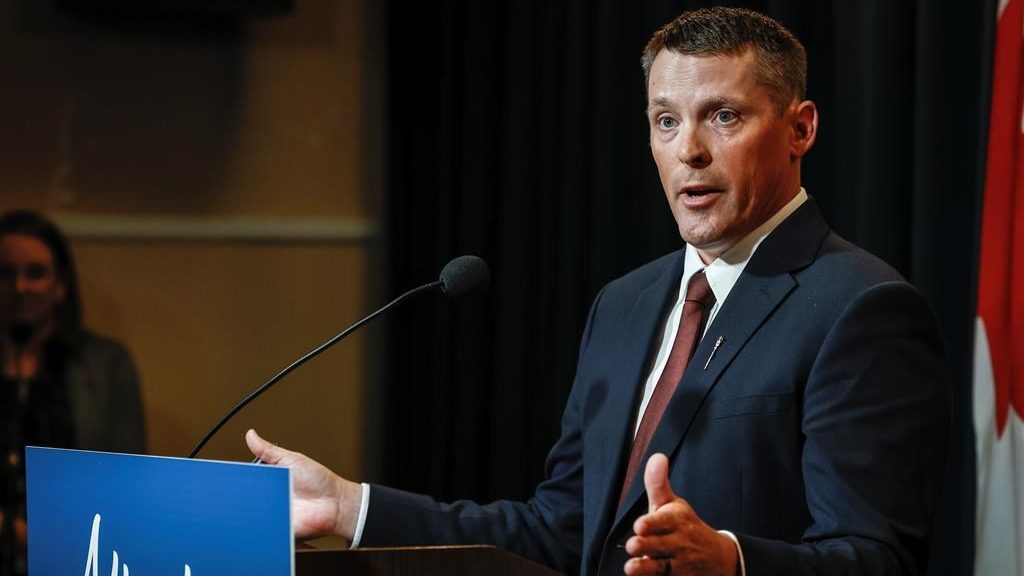‘Existential fight’: Calgary film crews worry for future as SAG-AFTRA strike continues
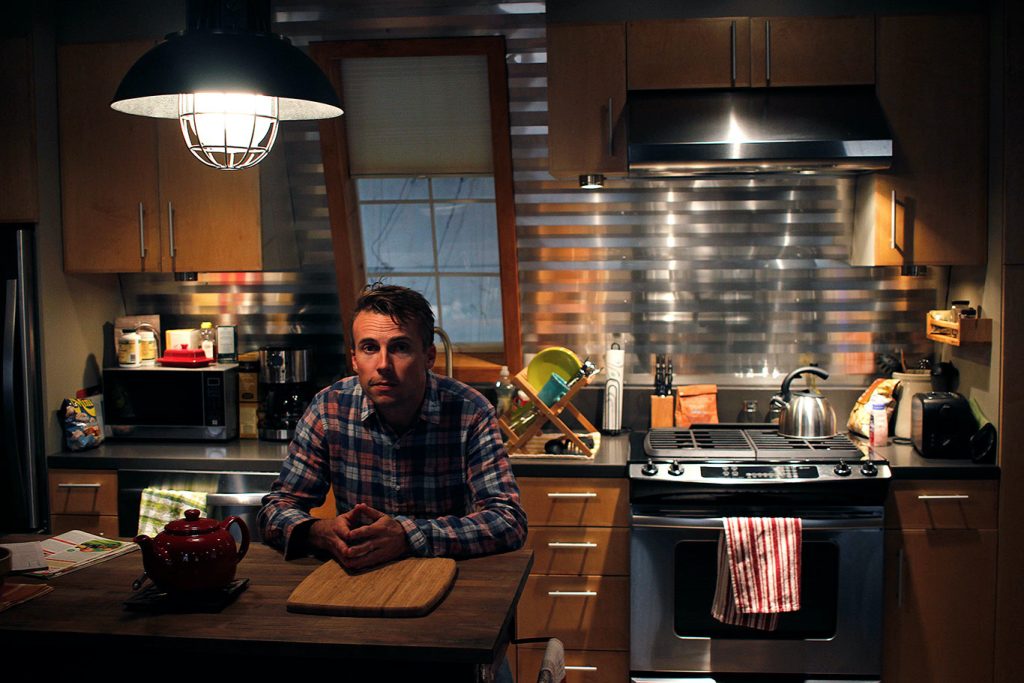
Posted Aug 4, 2023 5:07 pm.
Last Updated Aug 4, 2023 5:16 pm.
Actors and writers in the U.S. are continuing strike action, but how does this affect Calgarians bringing the stories to life behind the scenes?
Screen Actors Guild – American Federation of Television and Radio Artists (SAG-AFTRA) members joined the Writers Guild of America (WGA) on the picket line in mid-July, after the WGA strike began on May 2. Members have cited concerns around artificial intelligence (AI), proper compensation, and health care benefits.
But a voice lost in the mix is the one representing those working behind the scenes.
They have their own union, the International Alliance of Theatrical Stage Employees (IATSE), which represents around 168,000 technicians, artisans, and craftspersons in the entertainment industry, and includes film, live theatre, broadcast, and television production in the U.S. and Canada.
Members of IATSE, including Calgary’s branch, Local 212, have no choice but to await the strike’s conclusion.
Trevor Smith, a production designer based in Calgary, who worked on a number of productions like Heartland, Wynonna Earp, and the latest season of Fargo, says it’s a “trepidatious” and nervous time for those working in the trenches.
“This strike is having an immediate, negative impact on our ability to work and prosper here in the Calgary market,” he told CityNews.
“There are shows that had begun in preparation that are beginning to shut down and prepare themselves for a lengthy work stoppage.”
WATCH: Canada’s Film, TV industry feeling impacts of Hollywood strike
While he supports his colleagues in the ongoing job action, he admits it’s an uncertain time.
Alberta has become a major setting point for Hollywood productions, with the latest example being The Last of Us from HBO, which was filmed in the province, including parts of Calgary. It has been nominated for over 20 Emmys.
“When work stops, all those technicians, all those people are frozen out as well. So … it’s a big battle line drawn, if you will, literally in Hollywood, New York, and L.A.,” Smith explained.
“But we’re dependent, still like it or not, to a large part in this industry — in this market here in Canada, on those shows being made because they’re made globally.”
Smith works largely with shows from the U.S., and because of that, he and others like him are without work and pay.
However, he says they all have “great investment” in the situation, as the fight is existential for himself in production and for the actors and writers.
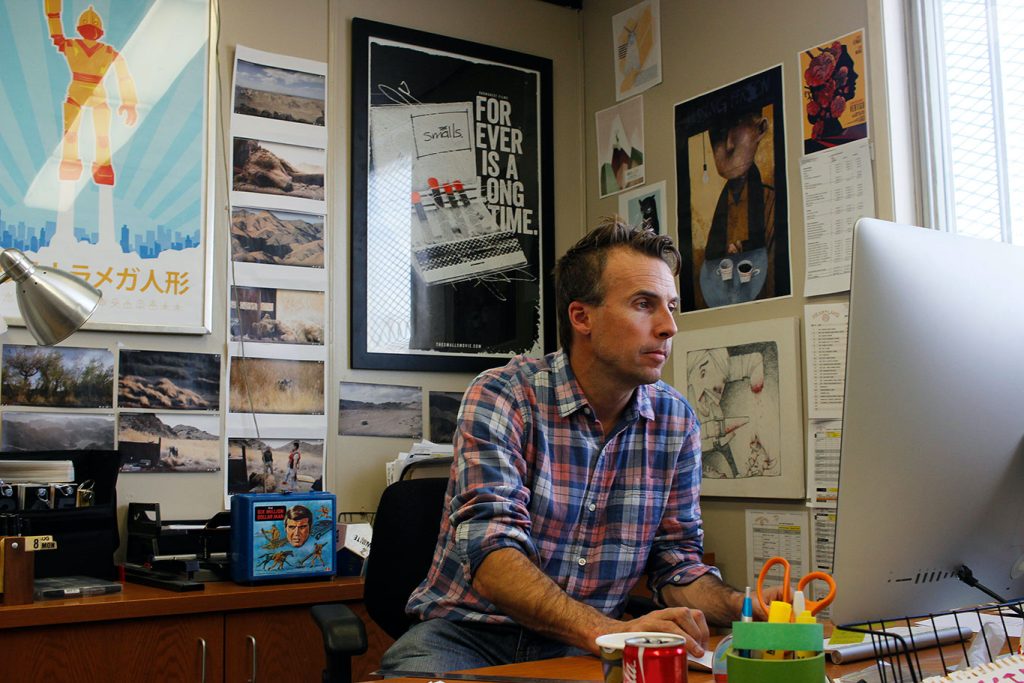
Trevor Smith sits at his computer inside his office in Calgary. (Supplied by Trevor Smith)
While the SAG-AFTRA strike highlights pay models, benefits, and job protections as concerns, AI has become a significant topic in contract negotiations between actors, writers, and Hollywood producers.
Actors fear a loss of their likeness, and some actors working background fear they will be replaced altogether. On the other hand, writers have expressed a fear and distaste at sharing credit with AI or losing credit to machines.
AI has already cropped up in various ways in film. It was used to portray Mark Hamill’s likeness in The Mandalorian, Carrie Fisher as a younger version in The Rise of Skywalker after her death, and to portray a younger Harrison Ford in the last “Indiana Jones” film. The intro sequence to Secret Invasion on Disney was also entirely done with AI.
Related Stories:
-
‘Why play chess if a machine can beat a human?’ Calgary artist hopeful amid rise in AI art
-
Content creator shares warning of privacy concerns with social media trends
-
AI tools can create new images, but who is the real artist?
Smith says the fight is on the front lines, and he says the writers and actors are right in asking producers to hit the brakes to make sure “we don’t lose ourselves in this process and in this industry.”
“I think nobody wants to lose that (humanity). I think we would all agree that a performance or a script is nuanced. And what makes it special is the person behind it,” Smith said.
“Can a piece of software be considered a writer? Can a 3-D model, at some point, be considered a performer? So, the stakes are high, and nobody really understands … the greater ramifications of artificial intelligence, and we’re all rapidly trying to understand and keep pace.”
AI will affect quality of work: UCalgary professor
Dr. Jim Parker, a professor at the University of Calgary who studies computer science, generative AI, and art, says using AI will affect the quality and creativity of productions. He says it also threatens the work of actors and those that work alongside them.
“If you’re going to put makeup on a guy, sometimes … you’re going to be in makeup for three to six hours. That’s a day’s work for a makeup actor and makeup professional, and they will not have that job. So, think about all of the background jobs that disappear if the actors are being replaced by AI,” Parker explained.
“If the actors are being replaced by AI, the writers … it’s a matter of quality and removing their jobs and basically reducing them to non-creative people. And with the actors, it actually eliminates a whole class of people (background). So, this is a serious problem.”
When it comes to those working on set, he says it wouldn’t have the same effect if they were to strike or sound the alarm in the same way as the writers and actors.
“The actors are basically helping the other professionals who help them do their work by saying, ‘Yes, this is one of the reasons we’re doing it.’ So really, [film crews] have relatively little recourse,” he said.
WATCH: Actors and writers unite on the picket lines
Parker also says the industry’s problem is unique because it is not due to a labour shortage. Rather, it is about production studios not wanting to pay fairly.
He adds this situation may actually backfire for studios, as the technology is freely available on a person’s computer desktop.
“What could happen is they could actually be removing the importance of their very existence as studios,” Parker said.
“If I could make a film with a famous actor … and write it with Chat GPT and release it on the internet … So think about that when you’re trying to remove people’s jobs. How are the studios going to make a living if everybody who wants to can make a feature film starring anyone?”
ACTRA supports SAG-AFTRA in ‘existential fight’
Alliance of Canadian Cinema, Television, and Recording Artists (ACTRA) Alberta President Blair Young says the union in the province and throughout Canada fully supports the strike action in the U.S.
However, he notes the plight of those not in the immediate foreground, saying this is an “existential fight” for the industry and its operation, alluding to artificial intelligence in contract negotiations.
“Why it’s so important and why we’re in full support of the unions is that it does affect the entire industry,” Young explained.
“If you’re going to tell people, ‘We’re going to bring you into the studio for one day, we’re going to put little motion capture buttons all over you, we’re going to scan you into the computer, oh, we’re also going to take some voice samples from you,’ … Well, guess what? That’s not only impacting the actor, that’s also meaning that those camera operators and the lighting people and the sound people and hair, makeup, and wardrobe, and the drivers … all of those people are only going to be there for one day too.”
Parker says it’s in both sides’ interest to make sure AI “is used fairly.”
“And it doesn’t seem to be that the two sides are really thinking about this in any other way than head-to-head banging heads,” he said.
“They do need to get together on this because both of their businesses are at stake.”
Related Stories:
-
Striking writers and studios will meet this week to discuss restarting negotiations
-
Canadian film, TV workers feel sting of twin Hollywood writer and actor strikes
-
Canadian film/TV industry braces for impact of Hollywood actors strike
Meanwhile, Smith is holding out hope, acknowledging the actors and writers are striking at a “critical moment” in time, as media consumption and how people are compensated are growing more disconnected.
“We engage with things differently, and we measure the way that audiences spend their money and their time with this content, so everybody’s just trying to figure it out,” he explained.
“If nothing else, I would encourage everybody to do their own research, and that all negotiations be measured and hopefully maintain some sense of decorum and with goals in mind of getting back to work because everybody wants to continue making great content.”
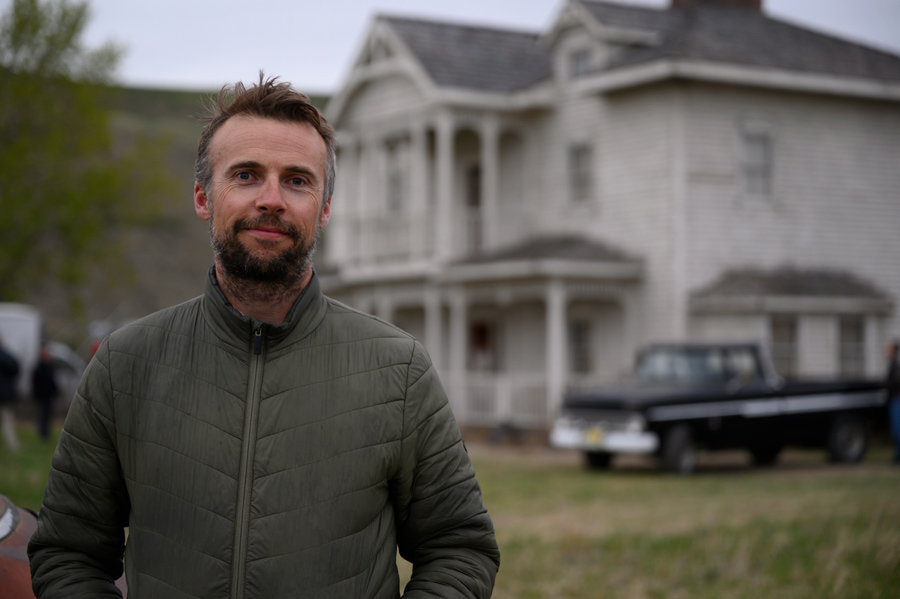
Trevor Smith poses for a photo in the outdoors. (Supplied by Trevor Smith)
There are over 28,000 members in ACTRA, just over 10,000 writers in the WGA, nearly 162,000 members in SAG-AFTRA (62,000 currently on strike), and at this time, IATSE 212 has around 5,000 members — who are all in set design, wardrobe, makeup, and art design.
Contract negotiations are expected to continue as the WGA sent an email to members Wednesday saying that the head of the Alliance of Motion Picture and Television Producers requested a meeting on Friday to discuss the resumption of contract talks.
-With files from The Associated Press

